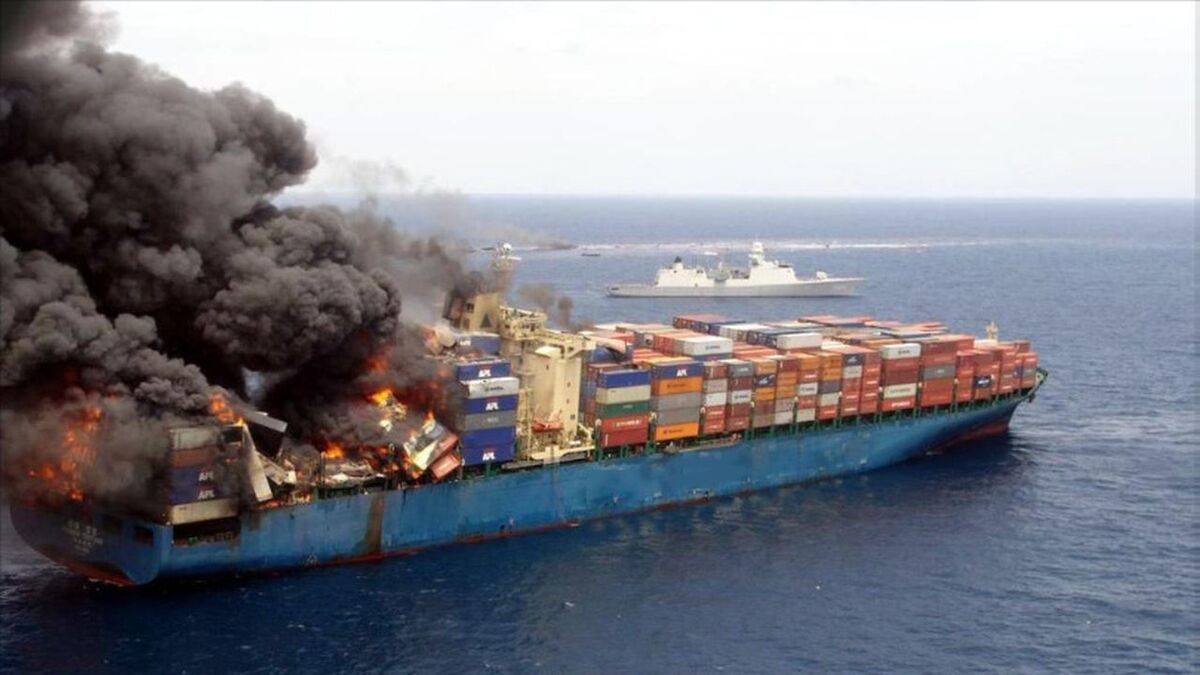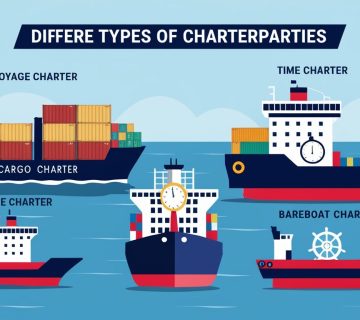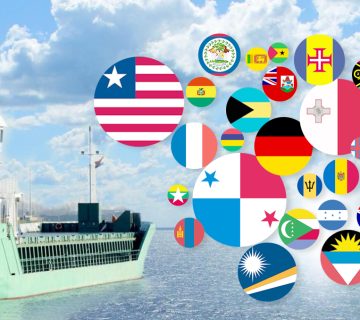Learn how to properly handle a marine casualty report from onboard response to IMO-compliant documentation. This guide covers reporting steps, required documents, flag state roles, and how to avoid costly mistakes in shipping incident reporting.
Introduction: What Is a Marine Casualty and Why Reporting Matters
In the maritime industry, marine casualties refer to events that involve injury, loss of life, vessel damage, environmental harm, or loss of cargo. These incidents can disrupt global supply chains and have significant safety, legal, and financial implications.
Timely and accurate marine casualty reporting is not just a legal obligation under IMO conventions—it’s essential for preventing future accidents, improving safety standards, and ensuring regulatory compliance.
Whether you are a ship operator, safety officer, or maritime legal advisor, understanding how to properly report a shipping incident is critical to protecting your crew, vessel, and company reputation.
Step-by-Step Guide to Marine Casualty Reporting
Step 1: Immediate Onboard Actions After a Casualty
As soon as a marine accident occurs, the crew must take the following immediate steps:
- Secure the safety of life, the vessel, and the environment
- Notify the Master and Safety Officer
- Initiate onboard emergency response procedures
- Document the incident with photos, log entries, and witness statements
Step 2: Notify Relevant Authorities
According to IMO casualty reporting requirements (per SOLAS Chapter I, Regulation 21), the following parties must be informed without delay:
- Flag State Administration
- Coastal State Authorities (if within territorial waters)
- Company Designated Person Ashore (DPA)
- Classification Society (if required)
Step 3: Submit Preliminary Casualty Report
Most flag states require a preliminary marine casualty report within 24 to 72 hours. This includes:
- Nature of the casualty
- Location and time
- Vessel status
- Crew injuries/fatalities
- Environmental impact (if any)
Check your flag state’s guidelines, as formats and timeframes vary.
Step 4: Submit Formal Marine Casualty Report
A detailed formal report must follow, often within 14 to 30 days, and must comply with IMO’s standard format as per IMO Circular MSC-MEPC.3/Circ.4.
Include all relevant data, logs, and supporting evidence.
What to Include in a Marine Casualty Report
Your shipping incident report should be clear, factual, and comprehensive. Key elements include:
Essential Report Contents:
- Vessel Details (name, IMO number, flag, tonnage)
- Description of the Incident (narrative of what happened)
- Location and Time
- Injuries or Fatalities
- Environmental Damage (pollution, oil spill, etc.)
- Weather and Sea Conditions
- Photos, Videos, and Diagrams
- Crew Statements
- Corrective Actions Taken
Roles and Responsibilities in the Reporting Process
1. Ship Crew (Master and Officers)
- Initiate emergency response
- Record events accurately
- Notify company and authorities
- Support investigation
2. Company (DPA and Safety Team)
- Ensure compliance with reporting deadlines
- Coordinate with flag state, insurers, and legal advisors
- Provide supporting documentation
- Implement corrective measures
3. Flag State Administration
- Receive and review the report
- May conduct or delegate investigation
- Submit findings to the IMO Global Integrated Shipping Information System (GISIS)
- Recommend regulatory or safety improvements
Common Mistakes in Marine Casualty Reporting
Avoid these frequent errors that can delay compliance or trigger legal issues:
- Late submission of reports
- Incomplete or vague descriptions
- Failure to preserve evidence (logbooks, CCTV, ECDIS data)
- Lack of coordination with authorities
- Using non-standard formats or languages
✅ Tip: Always refer to your flag state’s specific casualty reporting guidelines and IMO standards.
Real-World Scenario: Engine Room Fire
Incident: A chemical tanker suffers an engine room fire 50 nm off the coast of Singapore. No injuries occur, but propulsion is lost.
Actions Taken:
- Crew extinguishes the fire using fixed CO₂
- Master notifies company, flag state, and local MRCC
- Preliminary report filed within 24 hours
- Formal investigation launched by the flag administration
- IMO notified via GISIS
This case illustrates the need for swift action, proper communication, and timely reporting to prevent further complications or delays in port clearance.
Conclusion: Stay Compliant, Stay Prepared
Marine casualty reporting isn’t just paperwork—it’s a critical safety and legal obligation that protects your crew, company, and vessel. From preliminary reports to full investigations, every step must be handled with care and accuracy.
Understand the process, follow IMO and flag state procedures, and train your crew regularly.
📞 Need Help with Your Casualty Reporting Procedures?
Our maritime compliance experts are ready to assist you with casualty reporting, investigations, and documentation—ensuring you stay fully compliant with IMO and flag state requirements.
👉 Contact us today for professional support.




No comment